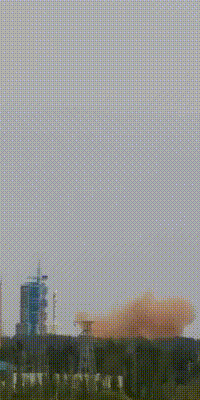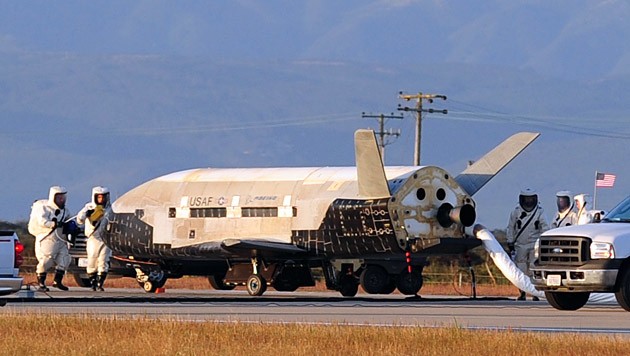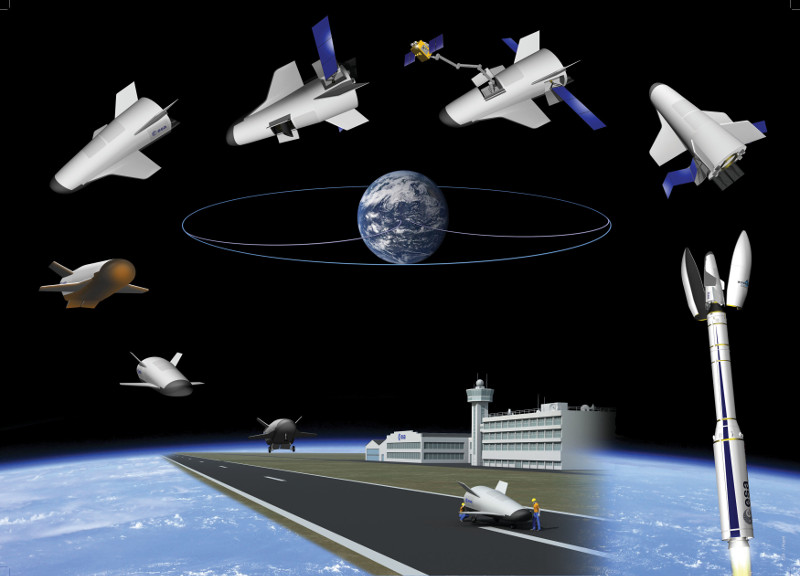Experimental vehicle for orbital mission with autonomous landing on runway has successfully landed. Keep in mind CZ-2F is used to launch Shenzhou spacecraft and Tiangong space station, both over 8 tons. This is the launch video, note the length of the payload capsule.

Reusable Chinese spacecraft lands successfully: state media
September 6, 2020 / 11:38 AM / Updated 21 minutes agoBEIJING (Reuters) - An experimental reusable spacecraft launched into orbit two days ago by China has successfully returned to a designated site on Sunday, marking a breakthrough that could lead to cheaper round-trips to space, the official Xinhua News Agency reported.
The mission had been kept low-key, and state media had yet to publish photographs or video footage of both the launch and landing of the spacecraft. No details were given on the techologies that had been tested.
Chinese social media has been rife with speculation over the spacecraft, which some commentators compared to the U.S. Air Force’s X-37B, an autonomous spaceplane made by Boeing that can remain in orbit for long periods of time before flying back to Earth on its own.
Three years ago, China said it would launch a spacecraft in 2020 that can fly like an aircraft and would be reusable, increasing the frequency of launches and lowering mission costs.
It is not known if the experimental spacecraft launched by China was a fixed-wing craft like the U.S. Space Shuttle. If it was similar to the X-37B, it would be about a fifth of the Space Shuttle in size.
The Chinese spacecraft was deployed into orbit on Friday by the Long March 2F, a family of rockets that have transported Shenzhou spacecraft into orbit on both crewed and uncrewed missions over the years.
A Chinese national independently travelled to space for the first time in 2003 onboard the Shenzhou.
X-37B landed on the runway.

ESA planning the PRIDE mission based on the IXV in 2022.

Related link: Reusable Chinese spacecraft lands successfully: state media